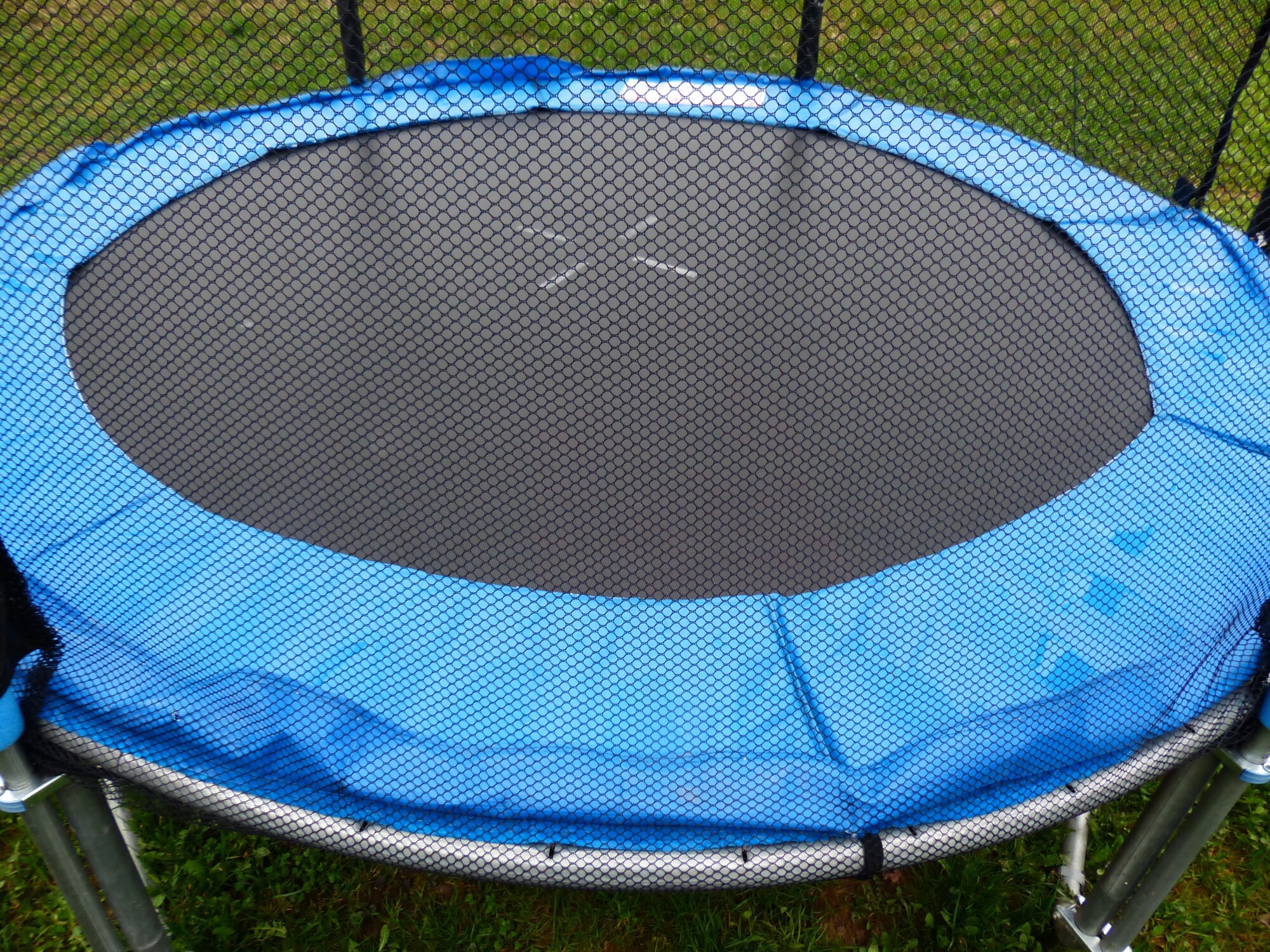While most people associate trampolines with backyard fun, the device got its start in the 1930s as a training tool for astronauts and athletes. Today, several types of trampolines in numerous sizes give people options for everything from gymnastics training to backyard wrestling.
Different trampoline shapes, sizes, and styles offer more than aesthetics. Each has its own unique shape. If you want to add a trampoline to your backyard, you’ll need to know exactly what you’re getting into.
This article has you covered. Come with us as we go over some of the most common trampoline styles. We’ll also cover the impact of shapes and styles on trampoline safety.
Types of Trampolines: Springs and Springless
Most trampoline styles come in springless or spring-based varieties. Springless trampolines tend to cost more than their counterparts but come with some safety advantages.
The steel of a metal spring in a trampoline can cause many injuries, including some serious ones. While hospitalizations don’t happen often, they can still cause pinches, bumps, and bruises. Springless trampolines avoid this by using elastic bands instead.
Springless trampolines also usually tolerate more weight. This means adults can get in on the fun as well. Consider roughness and budget when picking between your options.
Trampoline Shapes
Trampolines come in a variety of shapes. Like the choice between springless and spring-based trampolines, the shape has an impact on both use and safety.
Round Trampolines
Round trampolines provide a safer trampoline experience than their rectangular or square counterparts. The roundness means all jumps take on a subtle tilt toward the center. This makes it more difficult, though not impossible, to reach the edge and hurt oneself.
Rectangular Trampolines
Rectangular trampolines bring higher weight limits and greater durability to the table. This makes them popular among gymnasts and other athletes. If you’re looking for a home trampoline that will allow you to practice at a high level, a rectangular trampoline might win out.
Square Trampolines
Square trampolines offer a good compromise between the safety of a round trampoline and the athletic training options of a rectangular trampoline. While not quite as cheap as a round trampoline, they do tend to cost less than a rectangular trampoline.
Specialty Trampolines
Manufacturers offer other options for trampolines as well. These can further enhance safety or allow the fun of a trampoline in new circumstances.
Caged Trampolines
Caged trampolines offer further safety enhancements. By enclosing an 8ft trampoline, you can prevent falls and other injuries. Some trampoline manufacturers make cages as an add-on for existing trampolines.
Water Trampoline
Water trampolines bring the same principle of bouncing on a disc or similar shape to an aquatic setting. If you plan to bring a water trampoline along, make sure everyone involved can swim well.
Bouncing Off the Ceiling
No matter which of the many types of trampolines you purchase, you’re sure to have a good time. Take care in considering the different kinds available, however, as different trampolines serve different purposes.
Looking for more ways to spice up your home or backyard? Try checking out our “house and home” section for more articles.
